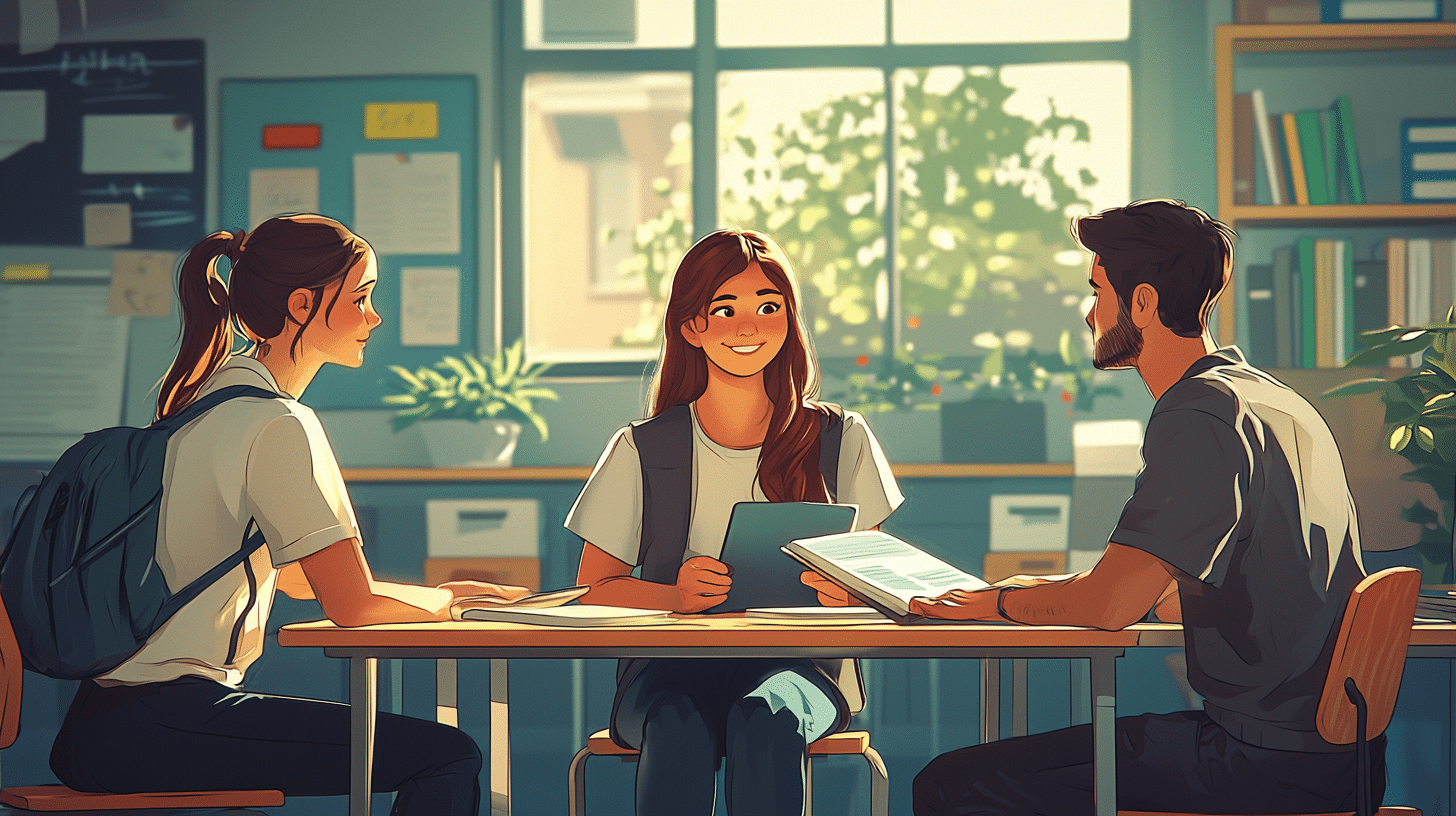When learning a new language, one of the essential skills is describing objects. This ability is crucial for everyday communication, whether you’re shopping, traveling, or just chatting with friends. In this article, we will delve into the art of describing objects in Dutch. As an English speaker, you will find some similarities and many interesting differences that will enrich your language learning journey.
Basic Vocabulary
Before diving into detailed descriptions, it’s important to build a foundation with some basic vocabulary. Here are some key words and phrases that will help you get started:
– **Object** – het voorwerp
– **Thing** – het ding
– **Color** – de kleur
– **Size** – de grootte
– **Shape** – de vorm
– **Material** – het materiaal
Colors (Kleuren)
Colors are fundamental in describing objects. Here are the basic colors in Dutch:
– Red – rood
– Blue – blauw
– Green – groen
– Yellow – geel
– Black – zwart
– White – wit
– Brown – bruin
– Orange – oranje
– Purple – paars
– Pink – roze
– Gray – grijs
For example, if you want to describe a red car, you would say: “De auto is rood.”
Sizes and Shapes
Describing the size and shape of an object is another critical aspect. Here are some useful adjectives:
– **Big** – groot
– **Small** – klein
– **Tall** – lang
– **Short** – kort
– **Wide** – breed
– **Narrow** – smal
– **Round** – rond
– **Square** – vierkant
– **Rectangular** – rechthoekig
– **Triangular** – driehoekig
For instance, if you want to describe a small, round table, you could say: “De tafel is klein en rond.”
Materials and Textures
Knowing how to describe the material and texture of an object adds depth to your descriptions. Here are some common materials and textures:
– **Wood** – hout
– **Metal** – metaal
– **Plastic** – plastic
– **Glass** – glas
– **Paper** – papier
– **Leather** – leer
– **Cotton** – katoen
– **Wool** – wol
– **Smooth** – glad
– **Rough** – ruw
– **Soft** – zacht
– **Hard** – hard
For example, to describe a smooth, wooden table, you could say: “De tafel is glad en van hout.”
Combining Descriptions
To make your descriptions more comprehensive and nuanced, you can combine the various elements we’ve covered. Let’s look at some examples:
1. **Describing a Book**: Imagine you want to describe a book that is small, rectangular, and made of paper. You could say: “Het boek is klein, rechthoekig en van papier.”
2. **Describing a Bag**: If you have a large, black, leather bag, you could say: “De tas is groot, zwart en van leer.”
Using Adjectives
In Dutch, adjectives usually precede the noun they describe and must agree in gender and number with the noun. However, when the noun is definite (using “de” or “het”), the adjective takes an “-e” ending. For example:
– **A red car** – een rode auto (auto is a “de” word, so “rode” is used)
– **A small house** – een klein huis (huis is a “het” word, so “klein” is used)
When the noun is indefinite (using “een”), the adjective doesn’t take the “-e” ending if it’s a “het” word:
– **A small house** – een klein huis
But if the noun is a “de” word, the adjective still takes the “-e” ending:
– **A red car** – een rode auto
Practice Descriptions
To get better at describing objects in Dutch, practice is key. Here are some exercises to help you get started:
1. **Exercise 1**: Choose five objects around you and describe them in Dutch, including their color, size, shape, and material.
2. **Exercise 2**: Write a short paragraph describing a room in your house. Include as many details as possible, such as the objects in the room, their colors, sizes, shapes, and materials.
3. **Exercise 3**: Pair up with a language partner or a tutor and take turns describing objects to each other. This will help you practice speaking and listening skills.
Common Mistakes to Avoid
As with any new language, there are common mistakes that learners might make when describing objects in Dutch. Here are a few to watch out for:
– **Incorrect adjective-noun agreement**: Make sure the adjective agrees with the gender and number of the noun. For instance, don’t say “een rood auto” instead of “een rode auto.”
– **Forgetting the “-e” ending**: When describing definite nouns, remember to add the “-e” ending to the adjective. For example, “het rode boek” instead of “het rood boek.”
– **Misplacing adjectives**: In Dutch, adjectives typically come before the noun. Avoid placing them after the noun, which is more common in English.
Real-Life Applications
Describing objects in Dutch is not just an academic exercise; it’s a practical skill that you will use in many real-life situations. Here are a few examples:
– **Shopping**: When shopping for clothes, furniture, or other items, being able to describe what you’re looking for can be incredibly helpful. For instance, you might say, “Ik zoek een blauwe jas” (I’m looking for a blue coat).
– **Traveling**: Describing objects can also be useful when traveling. For example, if you lose your luggage, you might need to describe it to the airport staff: “Mijn koffer is zwart en groot” (My suitcase is black and large).
– **Socializing**: When talking with friends or meeting new people, you might want to describe something you own or something you saw. For instance, “Mijn nieuwe telefoon is klein en wit” (My new phone is small and white).
Conclusion
Describing objects in Dutch is a fundamental skill that will enhance your ability to communicate effectively in various situations. By building your vocabulary, understanding adjective-noun agreement, and practicing regularly, you can become proficient in this area. Remember to pay attention to common mistakes and apply your skills in real-life scenarios to reinforce your learning.
Happy learning! Or as the Dutch say, “Veel succes met leren!”

